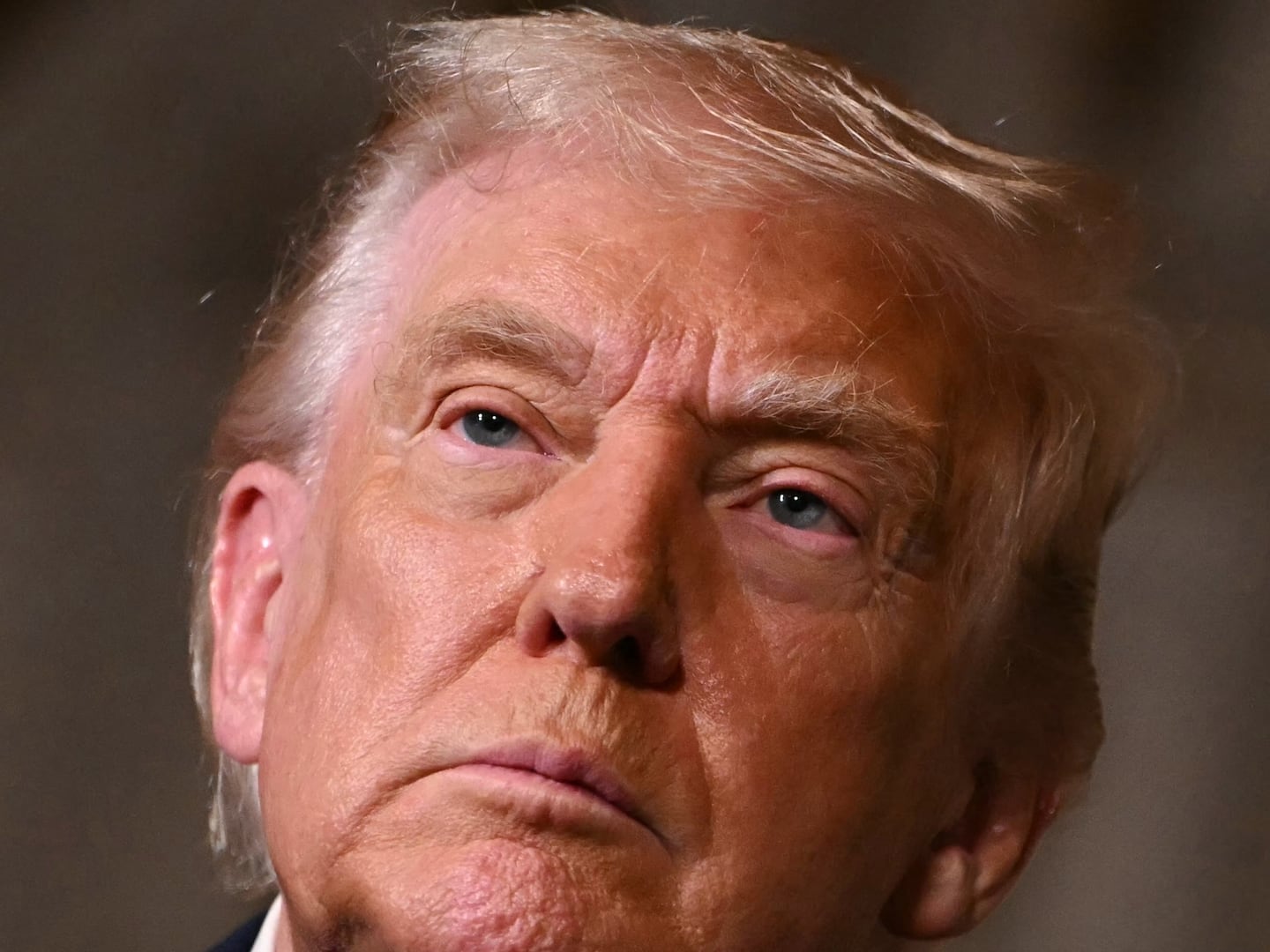Meet the newest app: your head.
Tech behemoth Apple was granted 38 new patents by the U.S. Patent and Trademark Office on February 18, some of which its been waiting more than six years to receive. Ranging from a head movement-triggered headset to an iPad cover, the patents offer a glimpse into what’s next in the iWorld.
The biggest surprise out of the Apple patents is a health-monitoring headset with the ability to not only track a user’s exercise or sporting activity but their biometric data as well (e.g. heartbeat, perspiration, and temperature). It’s a piece of wearable technology that’s likely to have fitness buffs everywhere squealing. But contrary to what’s in today’s headlines, the device has been in the works for years.
According to the official patent, the application for rights to the monitoring system were filed by Apple inventors Christopher Prest and Quin Hoellwarthback in October 2007. Just to give you an idea of how long ago that was, it was the same year that Steve Jobs unveiled the original iPhone.
Language from the patent mandates that the technology be used with “hearing device, headphones, ear buds, or headsets.” The description cites the technology in devices such as Nike+iPod as the background of the invention, but distinguishes itself as different since the technology resides near the ear. But the location of the device will not limit its boundaries. Instead, the device can be used to control a device that is connected to the headphones—for example a “telephone, digital media player,” or other stationary device.
An interesting addition following this stipulation is the ability to use head gestures as a method for controlling another electronic device. Among the head motions listed (there are many) are: “left tilt, right tilt, back and forth left and right tilt, forward tilt, back tilt, and back and forth forward.” The head movements are capable of triggering a diverse range of “inputs” into a device. “In one example, a head bobbing can be used in a manner similar to Morse code in order to provide text input commands,” one part of the patent reads. “In another implementation, an up or down movement creates vertical scroll event, whereas left or right movement creates horizontal scroll event,” it continues. This means a user can potentially control, say, the music they’re playing on a speaker with a simple nod of their head.
Beyond its capability to read movements of the head, the electronic device can perform what it refers to as “physical monitoring.” This can be anything from “estimate[ing] when the user is tired” and “induc[ing] or motivate[ing] the user to continue” to “playback of a motivating song” when a user is “running uphill.” The description in its entirety begins to read more like the storyline in Her than a real-life patent.
By combining a head gesture (tilting your head to the right) with a user input gesture (pressing a button), a user will be able to virtually “teach” its device a command to use going forward. “This allows the device to understand when it receives a gesture intended to cause a user control of some feature of the electronic device,” the authors explain.
The remaining 37 patents in the group are less revelatory but still interesting. One of note is a compact power adaptor with a protective cover. Five of the 38 patents are design-based, ushering in the look of the third-generation iPad, fifth-generation iPod touch, and an original iPad soft cover. Others range from a “ring-shaped cover for portable electronic device” to a “touch screen liquid crystal display.”
Missing from the list is the long-anticipated iWatch. But who needs a wrist device when you can use your head instead?





